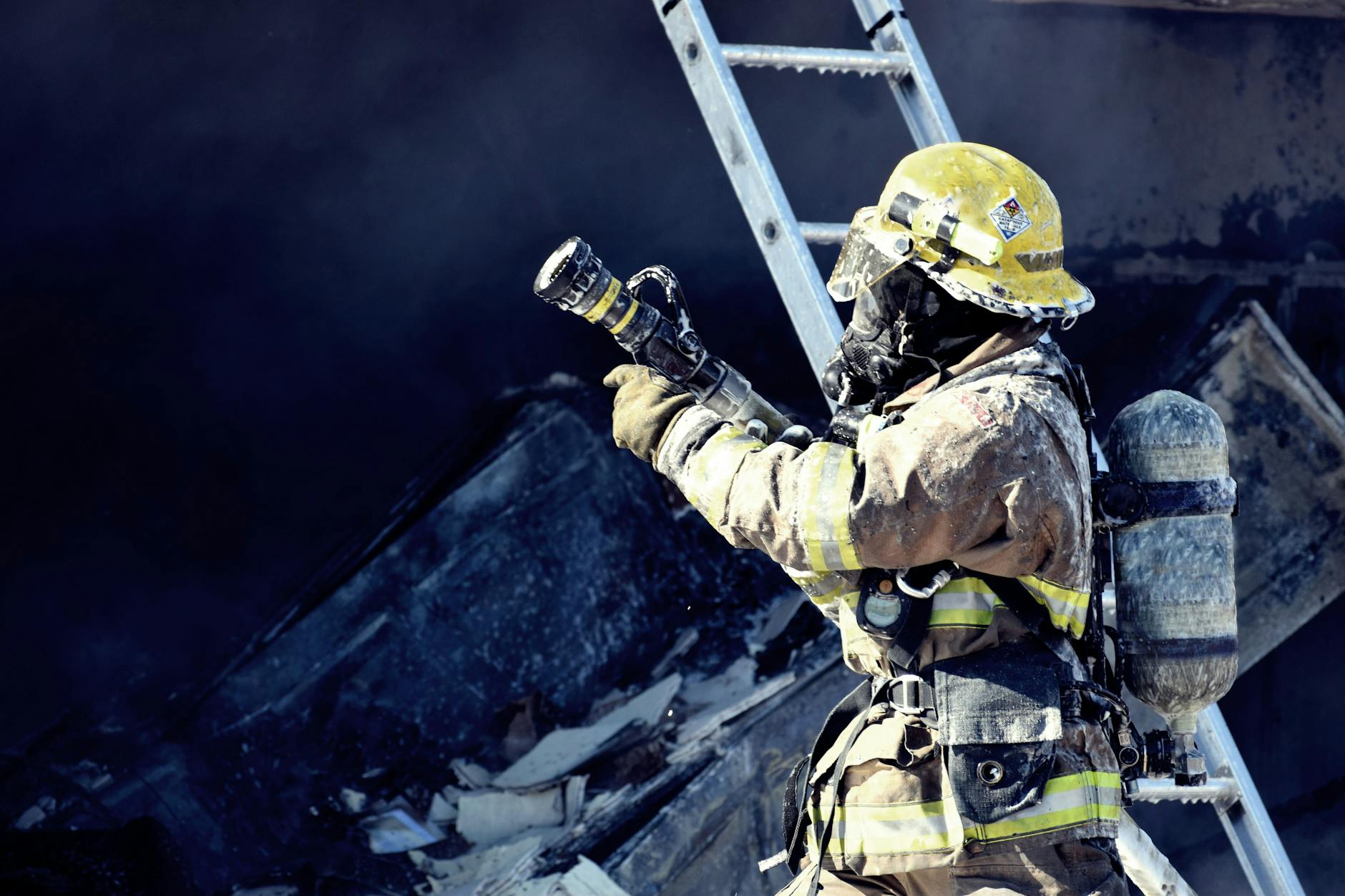
Emergency Rescue Devices: Tools for Saving Lives
Emergency rescue devices are essential tools that play a crucial role in saving lives and mitigating the impact of disasters and emergencies. These devices are designed to assist responders and individuals in various emergency situations, from medical emergencies to natural disasters. Let’s explore the world of emergency rescue devices to understand their importance, types, and applications in emergency response scenarios.
Understanding Emergency Rescue Devices
Emergency rescue devices are specialized tools and equipment used by emergency responders, first aid providers, and individuals to respond to and manage emergencies of various types. These devices are designed to provide essential support for medical treatment, extrication, communication, navigation, and other emergency response tasks.
Types of Emergency Rescue Devices
There are numerous types of emergency rescue devices tailored to specific needs and scenarios:
- Automated External Defibrillators (AEDs): AEDs are portable electronic devices used to deliver an electric shock to the heart to restore normal cardiac rhythm in individuals experiencing sudden cardiac arrest. They are commonly found in public places such as airports, schools, and shopping centers.
- Personal Locator Beacons (PLBs): PLBs are small, handheld devices equipped with GPS technology used to transmit distress signals to search and rescue authorities in remote or wilderness environments. They are essential for individuals engaging in outdoor activities such as hiking, camping, or boating.
- Emergency Alert Systems: Emergency alert systems are devices used to broadcast emergency notifications and warnings to the public via various communication channels such as radio, television, sirens, text messages, and smartphone apps. They provide timely information and instructions to individuals during emergencies.
- Portable Oxygen Tanks: Portable oxygen tanks are lightweight, portable cylinders filled with compressed oxygen used to provide supplemental oxygen therapy to individuals experiencing respiratory distress or hypoxia during emergencies.
- Rescue Throw Bags: Rescue throw bags are small bags or pouches containing a length of rope or line used for throwing to individuals in water who are in distress or unable to reach safety. They are commonly used by lifeguards, boaters, and swiftwater rescue teams.
- Emergency Communication Devices: Emergency communication devices such as two-way radios, satellite phones, and signal flares are essential for maintaining communication between responders, coordinating rescue efforts, and requesting assistance from outside agencies or resources.
- Medical Alert Systems: Medical alert systems are devices worn or carried by individuals, usually elderly or medically vulnerable individuals, to summon help in the event of a medical emergency or fall. They typically include a wearable pendant or wristband with a button that, when pressed, activates a call for assistance.
Applications of Emergency Rescue Devices
Emergency rescue devices have numerous applications across a wide range of emergency response scenarios:
- Medical Emergencies: AEDs and portable oxygen tanks are used to provide emergency medical care to individuals experiencing cardiac arrest, respiratory distress, or other medical emergencies.
- Outdoor Emergencies: PLBs, rescue throw bags, and emergency communication devices are essential for individuals engaging in outdoor activities such as hiking, camping, boating, or mountaineering to summon help in remote or wilderness environments.
- Natural Disasters: Emergency alert systems and communication devices are used to broadcast warnings and evacuation orders to the public during natural disasters such as hurricanes, tornadoes, earthquakes, or floods.
- Water Rescues: Rescue throw bags and flotation devices are used to rescue individuals who are in distress or unable to reach safety in water-related emergencies such as drowning or swiftwater incidents.
- Search and Rescue Operations: PLBs and emergency communication devices are used by search and rescue teams to locate and rescue individuals who are lost, injured, or stranded in remote or hazardous environments.
Conclusion
Emergency rescue devices are invaluable tools that empower responders and individuals to effectively respond to emergencies, save lives, and protect property. By ensuring access to high-quality, reliable devices and providing training in their proper use, emergency response organizations and communities can enhance their preparedness and resilience in the face of adversity.
FAQs about Emergency Rescue Devices
- Where can I purchase emergency rescue devices?
- Emergency rescue devices can be purchased from specialized vendors, retailers, and online stores that cater to emergency responders, outdoor enthusiasts, and individuals preparing for emergencies.
- How should emergency rescue devices be maintained?
- Emergency rescue devices should be inspected regularly, tested as needed, and stored in a clean, dry environment away from extreme temperatures, moisture, or direct sunlight to ensure they remain in good working condition.
- Are emergency rescue devices easy to use?
- Many emergency rescue devices are designed to be user-friendly and require minimal training to operate effectively. However, training in their proper use and maintenance is recommended to ensure optimal performance in emergencies.
- Can emergency rescue devices be used by laypersons or non-professionals?
- Yes, many emergency rescue devices such as AEDs and rescue throw bags are designed for use by laypersons or non-professionals and are intended for public access in locations such as schools, gyms, and public buildings.
- What should I do if I encounter someone in need of emergency assistance but lack devices?
- If you encounter someone in need of emergency assistance but lack devices, you can still provide aid by calling for help, providing reassurance, and performing basic first aid techniques such as CPR or applying pressure to stop bleeding if trained to do so.
























